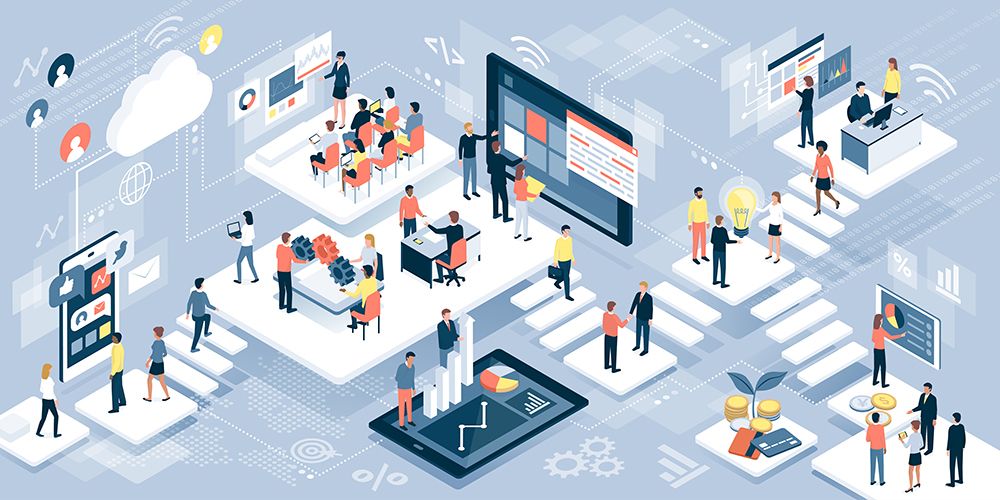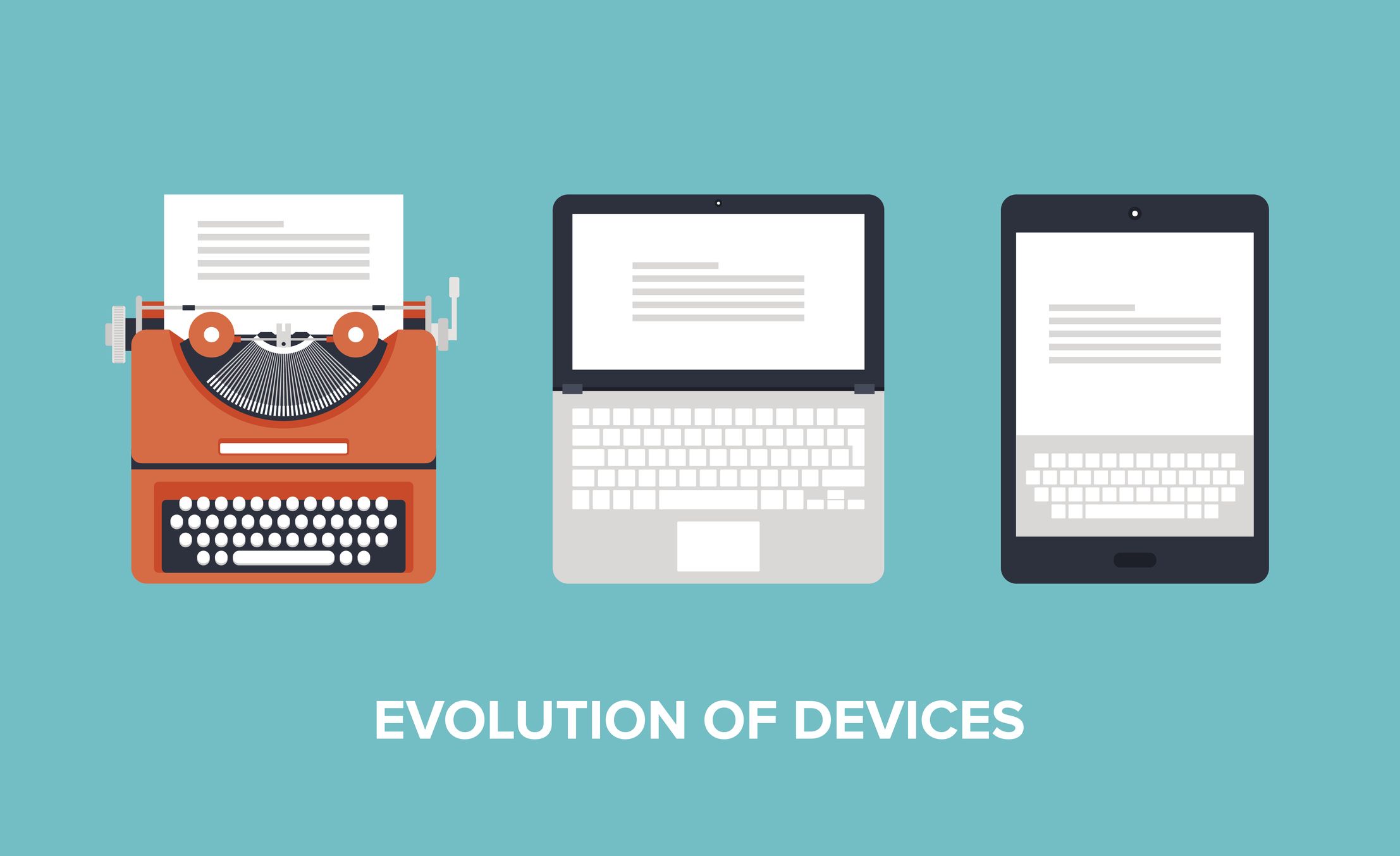5 Lessons Business Ecosystems Can Teach You About Integration

Welcome to this week's "Throwback Thursday" Think Tank with Frank Kenney
With decades of analyst and integration industry experience, Frank Kenney is a fountain of knowledge on all things tech. Now, he aims to share that awareness with you. Come back every other Thursday for your biweekly dose of thought leadership in this blog from one of technology's most insightful thinkers and gain perspective on a variety of topics ranging from what's happening in integration today to what's on the horizon, poised to disrupt the integration space going forward.
***
Cleo's very own Frank Kenney isn't known for shying away from sharing his opinion, even when it is a bit ahead of the curve. In covering a broad spectrum of integration topics on this very blog, Frank has spent the better part of the last year dedicating ink to sharing opinions revolving around the disruptive characteristics of modern business ecosystems and specifically, ecosystem integration. After all this time, the world is starting to catch on to the unmatched potential of ecosystem enablement - the ability to harness frictionless integration capabilities to digitally reinvent the business, enact seamless business processes, and unlock value through ecosystem interactions.
And even though according to Frank "we've always had business ecosystems where we've done business," there are still many lessons to be learned on how to optimize the way the business designs and orchestrates those interactions across their ecosystem of customers, vendors, business partners, and even SaaS applications and cloud services.
So, we decided to revisit some of Frank's views on business ecosystems and why it takes an ecosystem integration platform for ecosystem enablement. Enjoy!

Lesson No. 1: Ecosystems Are Not New - Just Ask Anyone
"Ecosystem enablement isn't just about the evolution of physical technology. It presupposes and understands the relationships, the expectations, and the needs and requirements of an ecosystem, just like the neighborhood candy store, barbershop, and community center."
We talk about business ecosystems today in much the same way - customers, partners, and providers and all the relationships between these entities. When we speak about ecosystem integration, however, we explore all the different ways that these interactions can be enhanced to benefit the entire business ecosystem. We can do so because we have a set of technologies - e-commerce ordering platforms, shipping services, payment apps, etc. - that are well-understood and that can be used to link these entities together regardless of their needs.

Lesson No. 2: Ecosystems Paint a Bigger Picture - Just Ask Apple
"Apple looked at [its] enabled ecosystem - not just the endpoints and participants but the interactions themselves and the corresponding experiences - and identified a key business opportunity that will enable them to continue their strategy of transformation by disruption."
The Apple Card is what happens is the lucrative byproduct of a highly enabled ecosystem. It's not so much the service that is different, but rather the experience. Apple simply added the Goldman Sachs financial mechanism - the missing piece to its ecosystem - to bring a new kind of credit card to its network of iPhone users. The key, however, is that Apple is taking this calculated risk because it's identified a potential need based on data showing how its ecosystem members interact.

Lesson No. 3: Ecosystems Prove Out Value - Just Ask Virgin
"[Through Virgin's proposed hyperloop technology], three massive freight logistics hubs - Columbus, Ohio, Chicago, and Pittsburgh - can now be easily connected with high-volume, low-weight freight being shipped in a fraction of the time it would take to transport via conventional methods. This is when it gets interesting. This is when the long arm of business starts to translate risky technology into ecosystem expansion and value."
Ecosystems are a great mechanism for expansion, augmentation, and discovery of new models and revenue opportunities. To hurdle crippling regulatory slowdowns and layers of red tape that would be associated with moving humans in its high-speed hyperloop technology, Virgin is leveraging the already-established ecosystem of freight logistics to prove out the idea and optimize the results. The company improves its chance of hyperloop success by leveraging B2B integration processes of traditional supply chains without disrupting traditional supply chains.

Lesson No. 4: Ecosystems Provide a Wider Lens - Just Ask Uber
"Uber didn't disrupt taxis - instead, they disrupted the process of how you order and how you pay for these rides. They also disrupted who gets to drive and what vehicles are permitted. It was the massive disruption of the norms associated with multiple business processes that propelled Uber and Lyft."
In any market, there are processes that drive business and the behaviors of those participating in that ecosystem. Disruption is about challenging the status quo and providing a different alternative, and the popular ride-sharing apps took a swing at the long-standing, highly regulated ecosystems that were taxicabs. But the founders of Uber and Lyft (and companies like Netflix and Amazon) didn't sit around thinking about how to disrupt. They looked at business processes that were established norms through a wider lens and sought ways to improve them.

Lesson No. 5: It's OK to Leverage Your Ecosystem - Just Ask How
"Trust me. You don't want the enhancements that ecosystem integration will bring your business. And forget about the ability to accelerate growth, launch new revenue streams, and create new value for your customers through ecosystem integration capabilities. You'll be fine without these clear competitive advantages. These are not the strategies you are looking for."
If you don't want to accelerate partner onboarding, deploy new services, or provide increased value for your customers, there's nothing to see here. But if you're ready to challenge the way you've always done business and evolve how you participate in your ecosystem - and disrupt the "established norms" of your business or industry - then you've come to the right place. Ecosystem integration will help you understand how your customers use your products and services, how you can better support them in those interactions, and how to leverage those insights to create new value for your business.

About Cleo

Watch a Demo

Comprehensive Guide to Gaining B2B Control

Duraflame Case Study
